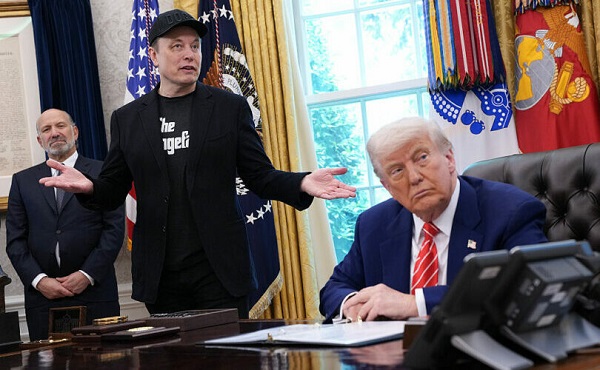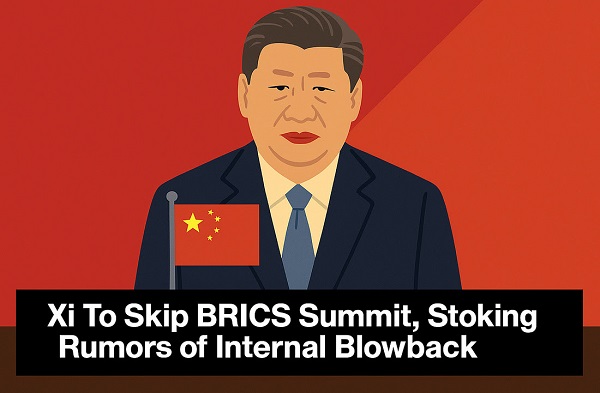News
Hundreds of black belts return to Edmonton International Judo Championship this weekend at WEM

Edmonton, March 5, 2019: Edmonton will again welcome over 900 competitors – hundreds of whom are black belt fighters – to the 2019 Edmonton International Judo Championship in West Edmonton Mall’s Ice Palace THIS WEEKEND.
14 YEARS OF CONTINUED SUCCESS
The Edmonton International Judo Championship is the largest full range judo event in Canada and features male and female athletes from under-10 years of age to adulthood.
Families and visitors are guaranteed a FREE, action- packed weekend beginning Friday Afternoon, March 8th with a kids training session starting at 2:00 pm run by instructors from Nagoya Japan.
The 2018 event attracted 925 participants, providing athletes with a tremendous opportunity to acquire valuable, high quality, national and international competition experience in an extremely safe environment.
The tournament’s multi-day format, mat system and quality facilities ensures a smooth, organized flow of events for every competitor; and the word is getting around.
“As a result of the historic success of our tournament”, suggests Tournament Director Mark Hicks “we again have competitors from around the world including 30 from Japan this year.”
West Edmonton Mall’s Ice Palace, unlike any other judo tournament venue in the world, is one of the draws. The mall provides a unique opportunity for the display and demonstration of judo. As a result over 100,000 people per day walk around the enclosed but open air tournament site.
Daily Caller
Watch As Tucker Carlson And Glenn Greenwald Get A Good Laugh Over CNN Pretending Biden’s Decline Is Breaking News


From the Daily Caller News Foundation
By Hailey Gomez
During a podcast Friday, Daily Caller News Foundation co-founder Tucker Carlson and independent journalist Glenn Greenwald couldn’t stop laughing over CNN’s sudden realization of former President Joe Biden’s mental decline.
CNN’s Jake Tapper along with Axios’ Alex Thompson released their book, “Original Sin,” on May 20, which details Biden’s cognitive slide over the last four years — a concern Republicans had raised even before the 2020 election. While appearing on “The Tucker Carlson Show,” Carlson joked that Greenwald had been “scooped” by CNN on Biden’s mental fitness.
“So you are, I think, the dean of alternative media. You’ve been doing this longer than anybody that I know personally. So it must be a little weird to get scooped by CNN on Joe Biden’s dementia, like you had no idea,” Carlson said. “None of us knew.”
“None of us knew,” Greenwald teased. ” There was that debate, and we were all shocked, but we were told he had a cold. So I was like, ‘OK, he’s on some cold medication. Who hasn’t been there before? It makes you a little dragged, a little groggy, a little just like dragged.’ But no, now Jake Tapper has uncovered the truth. It turns out Joe Biden was in cognitive decline.”
Sources told Tapper and Thompson that Biden’s mental fitness had declined rapidly during his time as president, with his mental state becoming so severe at one point that aides discussed putting him in a wheelchair.
WATCH:
Tapper has faced pushback from both Democrats and Republicans over the timing of his book and the revelations it includes. The CNN host has long defended the former president.
Carlson went on to joke with Greenwald about how he believed Tapper gathered the material for the book.
“Just a hardcore shoe leather investigative reporting,” Greenwald joked. “He’s working his sources, calling all the people in Washington, digging up FOIA documents.”
“It’s one of those things where you kind of can’t believe what you’re witnessing because Jake Tapper is pretending to have uncovered a scandal that he himself led the way in the media, or one of the leaders in the media, in covering up,” Greenwald added. “To the point where if somebody would go on his show and say ‘Joe Biden is obviously in cognitive decline.’ He would say ‘How dare you bully kids who stutter?’”
Greenwald went on to reference how Tapper had accused President Donald Trump’s daughter-in-law, Lara Trump, of “mocking” the former president over his stutter during a 2020 interview.
Despite Lara Trump pointing to what she believed were signs of Biden’s problems, Tapper dismissed her remarks at the time, saying she had “no standing to diagnose somebody’s cognitive decline.”
In addition to Lara Trump, Tapper also dismissed former Democratic presidential candidate Dean Phillips during a 2024 interview after Phillips expressed his “concerns” about Biden running for a second term.
“Obviously, he wanted Biden to win desperately and would not tolerate anyone going on the show and saying that Biden was in cognitive decline,” Greenwald said. “Now he’s making millions of dollars off a book.”
Following the media coverage of Tapper’s and Thompson’s book, Biden appeared to tell reporters on Friday he could “beat the hell out of” the two journalists.
International
Bongino announces FBI will release files on COVID cover up, Mar-a-Lago Raid and more

 MxM News
MxM News
Quick Hit:
FBI Deputy Director Dan Bongino announced that the bureau will begin releasing information on a number of controversial investigations long shielded from public view.
Key Details:
- Bongino said the FBI is clearing information on high-profile cases, including COVID, Crossfire Hurricane, and the Trump Mar-a-Lago raid.
- The bureau is actively working with the DOJ on releasing Epstein case details and cracking down on child sexual abuse content.
- Bongino dismissed media attacks on FBI Director Kash Patel as “verifiable lies” and accused the press of fabricating stories.
Diving Deeper:
FBI Deputy Director Dan Bongino disclosed on Saturday that the bureau will begin releasing information previously kept under tight wraps, including cases that many Americans believe were swept under the rug for political or institutional protection.
Bongino, a former NYPD officer, Secret Service agent, and outspoken conservative commentator, took to X to announce that his office has already started cooperating with Congress and the public by providing long-requested information. Among the cases he cited: the attempted assassination of Rep. Steve Scalise, the Nashville Christian school shooting, the Crossfire Hurricane probe, and the COVID-19 origins and cover-up.
“This isn’t business as usual anymore,” Bongino wrote. “We’re clearing information to Congress, and the public, as quickly as possible.”
One of the most politically explosive revelations relates to the FBI’s handling of the Mar-a-Lago raid, an unprecedented move to search the home of the sitting president’s top political opponent, President Donald Trump. Bongino’s announcement signals that internal communications and case files may soon be scrutinized by congressional investigators and the public alike.
Bongino also confirmed that the agency is working closely with the DOJ on the Epstein case, noting the overwhelming volume of child sexual abuse material that must be reviewed. He emphasized that protecting children remains a core mission of the FBI under his and Director Kash Patel’s leadership.
“Operation ‘Restoring Justice,’ where we locked up child predators and 764 subjects, in every part of the country, is just the beginning,” he wrote. “Think twice if you’ve targeted children, because you’re next.”
The deputy director didn’t hold back in pushing back against media reports that characterized Patel’s leadership as unserious or performative. “The media continue to entirely fabricate stories,” Bongino wrote, describing reports about Patel skipping briefings and attending sports events as “a verifiable lie.”
He defended Patel’s work ethic, noting that the FBI director routinely works 10–12 hour days and meets with top counter-terror officials and global law enforcement partners.
-

 Alberta1 day ago
Alberta1 day agoAlberta judge sides with LGBT activists, allows ‘gender transitions’ for kids to continue
-

 Crime1 day ago
Crime1 day agoSuspected ambush leaves two firefighters dead in Idaho
-

 Alberta1 day ago
Alberta1 day agoAlberta Independence Seekers Take First Step: Citizen Initiative Application Approved, Notice of Initiative Petition Issued
-

 Crime14 hours ago
Crime14 hours agoNational Health Care Fraud Takedown Results in 324 Defendants Charged in Connection with Over $14.6 Billion in Alleged Fraud
-

 Health14 hours ago
Health14 hours agoRFK Jr. Unloads Disturbing Vaccine Secrets on Tucker—And Surprises Everyone on Trump
-

 Business3 hours ago
Business3 hours agoElon Musk slams Trump’s ‘Big Beautiful Bill,’ calls for new political party
-

 Business1 day ago
Business1 day agoCanada Caves: Carney ditches digital services tax after criticism from Trump
-

 Business1 day ago
Business1 day agoMassive government child-care plan wreaking havoc across Ontario






